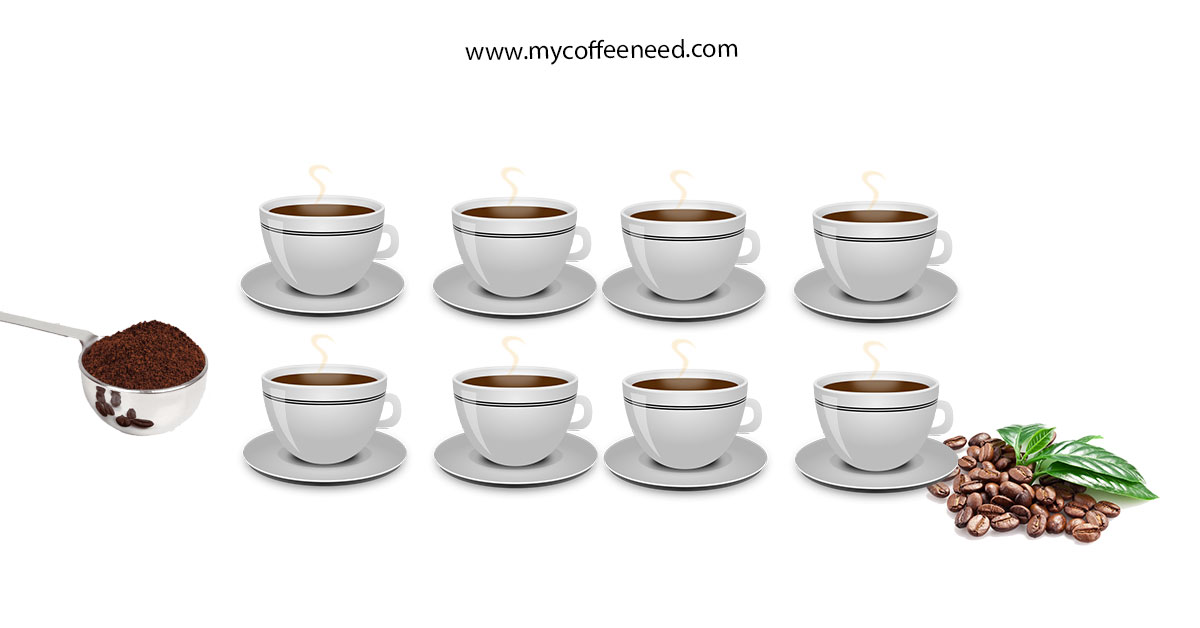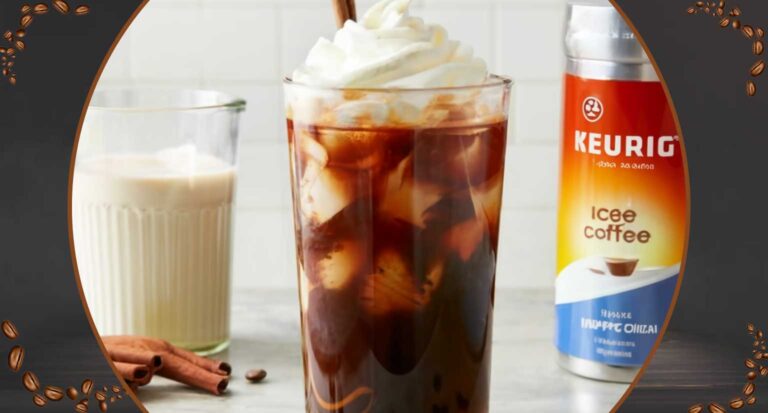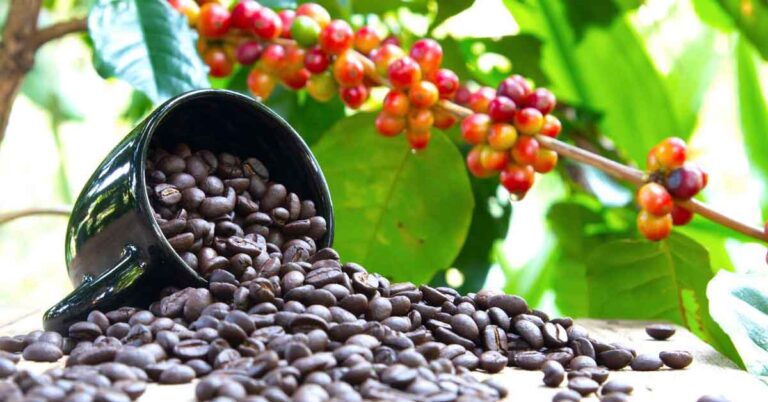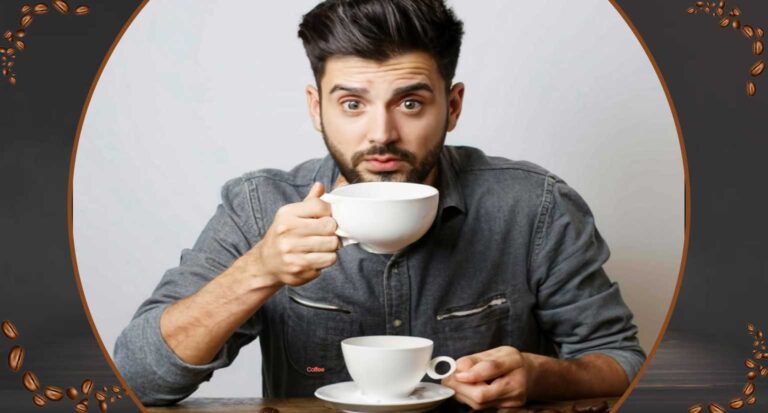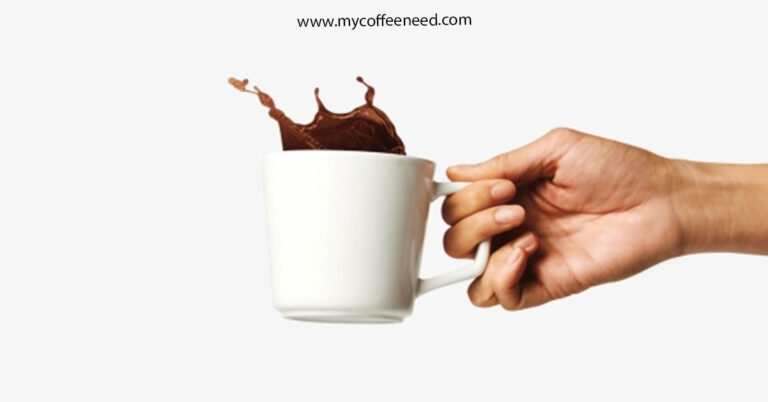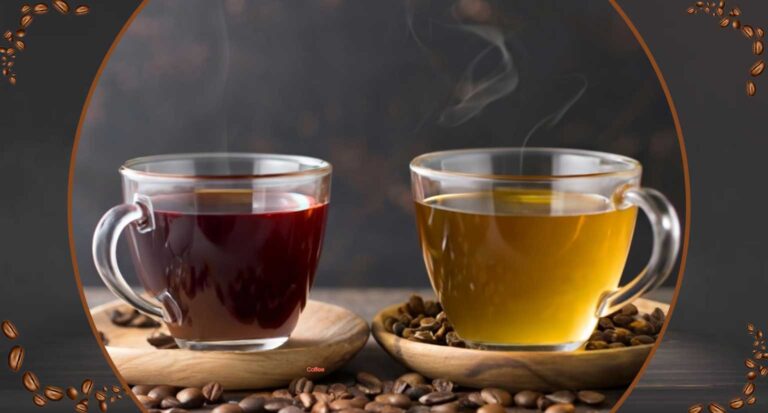How Many Scoops of Coffee for 8 Cups
Discover the Perfect Coffee-to-Water Ratio
When it comes to brewing the perfect cup of coffee, the right amount of coffee and water makes all the difference. But how many scoops of coffee for 8 cups should you use? The answer isn’t a simple one-size-fits-all, as it involves considering different brewing methods, the type of beans, grind size, and personal preferences.
Whether you’re a coffee lover looking to perfect your morning ritual or you’re seeking to please the taste buds of friends and family, this guide will provide you with the best way to create that delicious cup of coffee. From the golden ratio to the standard ratio of coffee, the precise measurements for ounces of water, and more, we’ve got you covered. It’s time to explore the ideal ratio, general rule of thumb, and everything in between for a great cup of coffee. Stay tuned for insights that cater to every coffee cup and roast level, ensuring a perfect balance for your taste preferences.
How Many Scoops of Coffee Do You Need?
Determining how many scoops of coffee for 8 cups can feel like a complex task, but it doesn’t have to be. By understanding the relationship between the amount of coffee grounds and water, you can craft the perfect coffee tailored to your taste preferences. Let’s dive into the standard ratio, as well as considerations for a stronger or weaker cup of coffee.
The Standard Ratio of Coffee to Water
The general guideline for a balanced and delicious cup of coffee is following the golden ratio: 1 to 2 tablespoons of ground coffee for every 6 ounces of water. If you’re brewing 8 cups of coffee, this translates to 16 to 32 tablespoons of coffee grounds.
For more precision, you may choose to measure in grams of coffee. Typically, the ideal ratio consists of 9 to 11 grams of ground coffee per 6 fluid ounces of hot water. Using a kitchen scale can lead to more accurate and consistent results, providing a good starting point for both beginners and seasoned coffee enthusiasts.
How Strong Do You Like Your Coffee?
Personal preferences play a significant role in the right amount of coffee. If you prefer a strong cup of coffee, you might opt for the higher end of the standard ratio, adding more scoops of coffee. Conversely, for a weaker cup, less coffee can be used.
Different ratios may also be needed for different brewing methods such as cold brew, french presses, or espresso machines. For instance, a cold brew might require more coffee, while finer grind size for espresso machines might need adjustments in the amount of coffee grounds.
Remember, the best flavor doesn’t only come from following a rule of thumb. It’s about experimenting and finding the perfect balance that satisfies your taste buds, considering factors such as type of coffee beans, roast level, water temperature, and cup size. Whether you prefer a stronger or weaker coffee, understanding how many scoops of coffee for 8 cups can lead to a consistently great cup of coffee every time.
The Amount of Coffee You Need
Crafting the perfect pot of coffee requires attention to detail and understanding the relationship between the amount of coffee grounds, water, and various influencing factors. From the general guideline to personal taste preferences, let’s explore how to determine the amount of coffee you need for 8 cups and some tips for brewing perfection.
A Range of Scoops for 8 Cups
How many scoops of coffee for 8 cups? The answer varies based on your desired strength of the coffee and the method of brewing. As a starting point, 16 to 32 tablespoons of ground coffee for 8 cups of water is a common recommendation. But the right ratio is often a matter of taste.
– For a standard cup of coffee: 16 to 18 level scoops
– For a stronger cup of coffee: 22 to 32 level scoops
Using a standard coffee scoop or measuring cup can aid in achieving the right amount of coffee. If you prefer to measure in grams, this translates to approximately 72 to 144 grams of coffee for 48 fluid ounces of water.
Other Factors That Affect the Amount of Coffee You Use
The perfect cup of coffee isn’t solely about the number of scoops. Several factors can affect how much ground coffee you’ll need:
– **Type of Coffee Beans**: Darker roasts may require less coffee, while lighter roasts might need more.
– **Grind Size**: Finer grind requires more coffee, while a coarser grind requires less.
– **Brewing Method**: Different methods like french presses, espresso machines, or drip coffee makers will impact the amount.
– **Water Temperature**: Too hot or too cold water can affect the extraction, influencing the taste.
Tips for Brewing the Perfect Pot of Coffee
Understanding how many scoops of coffee for 8 cups is just the beginning. Here are some tips for brewing the perfect pot of coffee:
– Experiment with Ratios: Don’t be afraid to adjust the coffee-to-water ratio to suit your taste preferences.
– Measure Accurately: Using a kitchen scale ensures precise measurements.
– Consider the Cup Size: Remember, a “cup” in coffee terms may differ from the oz cup you have at home.
– Mind the Freshness: Freshly ground whole bean coffee often provides the best flavor.
By considering these elements, you can master the art of brewing a delicious cup of coffee that satisfies your taste buds, achieving the perfect balance between scoops of coffee, ounces of water, and the many variables that make coffee such a rich and personal experience. Whether it’s a single cup or 8 cups, these insights will help you enjoy a consistent and delightful coffee experience every time.
The Perfect Cup of Coffee
The quest for the perfect cup of coffee is a journey filled with experimentation, personalization, and a touch of artistry. While guidelines and ratios provide a starting point, the most delicious cup of coffee often comes from embracing the unique preferences of the individual coffee lover. In this exploration, we’ll focus on why experimentation is essential in brewing that perfect cup.
Experimentation is Key
How many scoops of coffee for 8 cups will result in your ideal coffee experience? The answer is uniquely yours. Here’s why experimentation plays such a vital role:
– Personal Taste Preferences: Your ideal coffee may be stronger or weaker, depending on what delights your taste buds. Adjusting tablespoons of coffee grounds or the grind size helps you find the right balance.
– Different Brewing Methods: From drip coffee makers to French presses and espresso machines, each method requires a unique approach. Playing with different ratios and types of beans opens up a world of flavors and textures.
– Quality of Ingredients: Experimenting with the freshness of the beans, the type of water, and the level tablespoons or grams of coffee can lead to new and exciting taste experiences.
– Seasonal Changes: Even the time of year and the weather can affect how your coffee tastes. Seasonal experimentation with different ratios and roast levels can be a fun way to keep your coffee experience fresh and engaging.
– Fine-Tuning Your Technique: Whether it’s the water temperature, the timing of the brewing process, or how you pour the hot water, each aspect can be fine-tuned through experimentation.
Embracing experimentation in your coffee journey doesn’t only lead to a delicious cup of coffee; it makes the process more engaging and enjoyable. By treating each pot as an opportunity to learn and discover, you create a personal connection to your coffee. It’s not just about following the standard coffee-to-water ratio; it’s about finding the perfect ratio of coffee that sings to you.
So go ahead, experiment with how many scoops of coffee for 8 cups, the grind size, the amount of water, and every other variable in between. Your perfect cup of coffee is waiting for you to discover it, one delicious experiment at a time. Whether you prefer dark roasts, a finer grind, or a stronger or weaker cup, the possibilities are endless, and the journey is as satisfying as the destination.
Share Your Thoughts
Now that you’ve explored the intricate world of coffee brewing, from understanding how many scoops of coffee for 8 cups to discovering your unique taste preferences and experimenting with different ratios, we’d love to hear from you.
How have these insights shaped your coffee-making process? Do you have a secret method for crafting the perfect cup of coffee? What are your thoughts on the standard ratio, and have you found a specific blend or technique that delights your taste buds?
Whether you’re a seasoned coffee lover or just beginning to explore the rich and complex world of coffee brewing, your experiences and insights contribute to a community that shares a passion for the perfect cup. Share your thoughts, your recipes, and your love for all things coffee.
Feel free to comment below or reach out through social media. Together, we can continue to explore, experiment, and enjoy the endless possibilities that coffee has to offer. Your perfect pot of coffee, whether it’s crafted with a precise number of grams of water, a special scoop of coffee, or a particular roast level, adds to a shared love for this timeless beverage.
Your coffee journey is a personal one, but it’s also part of a global community. Let’s keep the conversation going and the coffee flowing. Share your thoughts and become a part of the ongoing exploration of taste, technique, and the joy of coffee.
The golden ratio in coffee brewing refers to the ideal proportion of coffee to water, which is believed to yield a cup of coffee that is neither too weak nor too strong, but perfectly balanced. This concept is deeply rooted in the coffee world and serves as a general guideline for making a delicious cup of coffee.
Here’s a closer look at the golden ratio and how it applies to coffee brewing:
1. The Standard Golden Ratio
The standard golden ratio is often cited as 1:15 or 1:18, meaning one part of coffee to fifteen to eighteen parts of water. This translates to roughly:
– 1 gram of coffee for every 15 to 18 grams (ml) of water
– 1 ounce of coffee for every 15 to 18 fluid ounces of water
– 1 tablespoon of ground coffee for every 3 to 4 ounces of water
2. Application Across Different Brewing Methods
Different brewing methods might require slight adjustments to the golden ratio:
– Drip Coffee Maker: Often works well with the 1:15 ratio.
– French Press: May require a slightly stronger ratio, such as 1:13 or 1:14.
– Espresso: A more concentrated form might use a ratio like 1:9.
– Cold Brew: Typically uses a more robust ratio, such as 1:12, due to the extended brewing time.
3. Personalization
The golden ratio serves as a good starting point, but coffee brewing is a personal experience. Individual preferences, the type of beans, the grind size, and even the water quality can influence the final taste. Therefore, adjusting the ratio to suit personal taste buds is common and encouraged.
4. Measuring for Precision
Utilizing a kitchen scale for measuring both the coffee and water can help ensure a precise ratio. This method offers accuracy in achieving the golden ratio and allows for fine-tuning to personal preferences.
5. The Balance of Flavor
The golden ratio aims to strike a perfect balance between different flavor elements such as acidity, bitterness, sweetness, and body. Deviating significantly from the ratio might result in a cup that’s either overly bitter and strong or weak and underwhelming.
Conclusion
The golden ratio is a useful guide in coffee brewing, providing a standard that works for many coffee lovers. However, it’s also flexible, and experimenting with different ratios is often the best way to find what appeals specifically to your palate. Whether you’re aiming for a standard cup of coffee, a strong cup of coffee, or something unique to your taste preferences, understanding and playing with the golden ratio can enhance your coffee experience.
Further Reading
Your coffee journey doesn’t end here. To elevate your coffee experience and continue exploring, we’ve compiled some additional resources. Whether you’re searching for the ideal beans or looking for the perfect coffee maker to match your taste preferences, these recommendations can guide you to the next level of coffee enjoyment.
Recommended Coffee Beans
Finding the right coffee beans is crucial to crafting a great cup of coffee. From dark roasts to lighter blends, different beans offer various flavor profiles and strengths. Consider the following options:
– For a Strong Cup: Explore beans with a robust and bold flavor, such as French or Italian roast.
– For a Balanced Flavor: Medium roasts like Colombian or Costa Rican beans offer a pleasing balance that appeals to many taste buds.
– For a Light and Bright Cup: Ethiopian or Kenyan beans provide a fruity and floral flavor, perfect for those seeking a lighter taste.
– For Experimentation: Don’t hesitate to try different blends, single-origin beans, or even seasonal offerings from local roasters.
Recommended Coffee Makers
The type of coffee maker you use can greatly impact the final taste of your coffee. Depending on how many scoops of coffee for 8 cups you prefer and your desired brewing method, here are some recommendations:
– For Precision and Control: A quality drip coffee maker with adjustable settings allows you to fine-tune your coffee-to-water ratio and temperature.
– For Rich and Full-Bodied Coffee: French presses offer a robust flavor and a hands-on brewing process.
– For Espresso Lovers: Espresso machines, from entry-level to professional, can create a wide variety of coffee beverages.
– For Cold Brew Fans: Specialized cold brew makers can provide a smoother, less acidic coffee experience.
– For Convenience: Single-cup makers and automated systems offer quick and easy brewing with consistent results.
These recommendations are just a starting point. The best way to discover what works for you is through experimentation, research, and talking to fellow coffee enthusiasts. Whether you’re pursuing the perfect balance of scoops of coffee and ounces of water or exploring the world of coffee flavors, these resources can help you deepen your understanding and appreciation for this beloved beverage.

